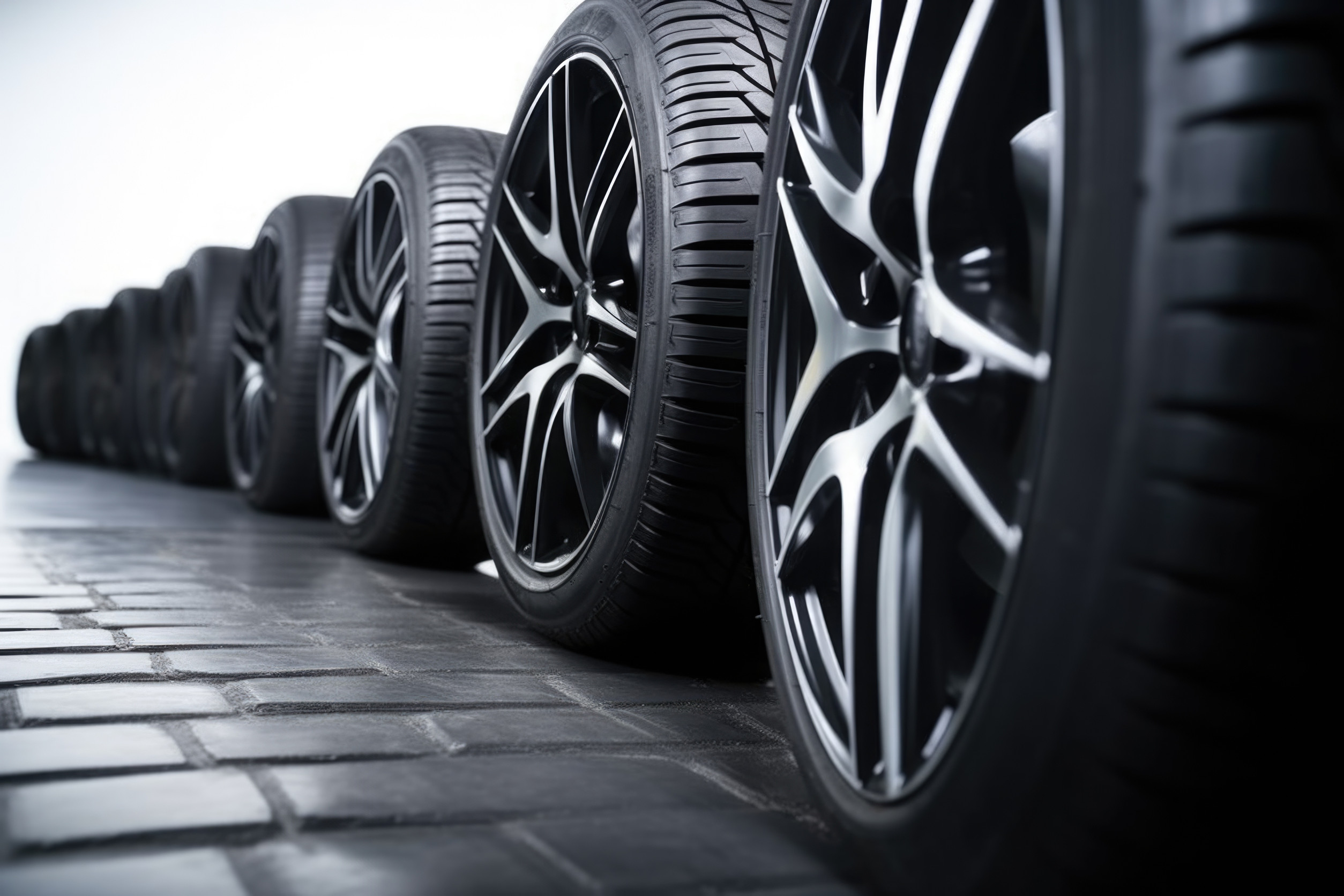Modern cars boast advanced technology, sleeker lines, and promise unparalleled convenience. Yet beneath the polished exteriors and glossy marketing brochures lies a harsh reality that mechanics see daily. From over-complicated electronics to parts that seem designed to fail, these vehicles often leave owners frustrated and their trusted mechanics rolling their eyes.
Certain design decisions repeatedly cost drivers time and money, and the auto repair bay becomes the confession booth where these flaws are revealed.
1. Overcomplicated Infotainment Systems
Touchscreen controls have replaced simple knobs and buttons, but at what cost? Many modern infotainment units are so finicky and packed with unnecessary features that they fail more often than they should. Replacing a single screen can cost thousands, turning a minor issue into a major expense. Software glitches also mean that what should be a straightforward fix often requires costly dealer diagnostics. Mechanics miss the days when a faulty radio just needed a fuse or wire adjustment.
2. Fragile Plastic Engine Components
Manufacturers have swapped sturdy metal parts for lightweight plastic under the hood. These plastic parts, like intake manifolds and coolant reservoirs, are notorious for cracking under heat and pressure. Once they fail, leaks and overheating become common headaches for drivers and repair shops alike. Mechanics often shake their heads, knowing these components could have easily been made more durable. It’s a cost-cutting measure that keeps shops busy but leaves owners footing the bill.
3. Low-Profile Tires and Big Rims
Today’s trend toward sporty aesthetics has popularized oversized rims and low-profile tires. While they look aggressive, they’re more prone to damage from potholes and curbs. A single pothole can ruin a rim or sidewall, leaving owners stranded with expensive repair bills. Many mechanics see the same cars repeatedly for bent wheels and blown tires. The style-first design often sacrifices the practical durability drivers really need.
4. Battery Placement Nightmares
Some automakers tuck batteries in the most inaccessible corners of the car. Instead of popping the hood for a quick change, a mechanic may need to remove seats or fenders just to reach the battery. This turns a basic maintenance task into a time-consuming ordeal, raising labor costs unnecessarily. Dead batteries are common enough; accessing them shouldn’t require dismantling half the car. Mechanics constantly wonder why simplicity is so elusive in battery placement.
5. Oil Filter Access Issues
Routine oil changes should be simple, but some modern designs make them infuriating. Engineers hide oil filters behind engine covers, under splash guards, or wedged near other delicate parts. This poor access increases the risk of stripped threads or damaged sensors during routine service. It also turns a quick job into a longer, messier one. Mechanics lament how an oil change used to be the easiest service on the checklist.
6. Sunroof Drain Failures
Panoramic sunroofs have become a selling point for many new cars, yet they come with a hidden problem. The drains that keep water from pooling often clog or break, causing leaks into the cabin. Water damage from a failed sunroof drain can ruin headliners, electronics, and upholstery. Mechanics frequently see customers shocked by moldy carpets and shorted wires caused by what should be a simple drainage system. A design meant for luxury ends up a recurring repair nightmare.
7. Turbocharger Overuse
Car makers increasingly rely on small engines boosted by turbochargers to meet efficiency standards. While turbos add power, they add stress and heat, requiring more precise maintenance. Many drivers don’t follow strict oil schedules, causing turbos to wear out prematurely. Replacing a turbo is never cheap and often comes as a surprise to unsuspecting owners. Mechanics know that pushing a small engine harder isn’t always the smartest design choice.
8. Complex Timing Belt Setups
Timing belts used to be relatively straightforward to replace, but some modern engines have made this service a mechanic’s headache. Designers often cram belts into tight spaces or pair them with complicated tensioners and pulleys. Missing a step during replacement can lead to catastrophic engine damage. What should be preventive maintenance becomes a gamble if not done perfectly. Mechanics wish some manufacturers would remember that simplicity often equals reliability.
9. Fragile Electronic Sensors
Modern cars rely on dozens of sensors to monitor every function, from emissions to tire pressure. These sensors are often delicate and placed in vulnerable spots where they’re exposed to dirt, heat, and road debris. A single damaged sensor can trigger warning lights and limp modes, leaving drivers bewildered. Mechanics spend hours diagnosing problems that come down to a sensor that cost pennies to make but hundreds to replace. It’s a classic case of technological overkill with frustrating consequences.
10. Sealed Transmission Units
Older cars allowed simple transmission fluid changes to prolong a gearbox’s life. Many new transmissions are sealed units, making fluid changes complicated or outright impossible without special tools. The idea is to reduce owner maintenance, but neglect leads to premature wear and expensive rebuilds. Mechanics find themselves explaining to angry owners that their “maintenance-free” transmission isn’t as carefree as advertised. Sometimes, the old ways were better when it comes to something as crucial as a gearbox.
A Plea for Practical Design
Modern cars promise to be smarter, safer, and more efficient, yet certain design flaws keep drivers in the repair shop more than they’d like. Mechanics know these problems could be avoided with just a bit more practical thinking from the drawing board. Better materials, more thoughtful layouts, and a willingness to prioritize longevity over trends would go a long way.
While innovation is welcome, ignoring the basics leaves everyone paying more in the end. Have any of these design flaws tested your patience? Share thoughts or stories in the comments—mechanics everywhere will feel seen.
Read More
10 Safety Features in Cars That Are No Longer Standard
Invest in Your Future: Building a Career in the Automotive Industry


